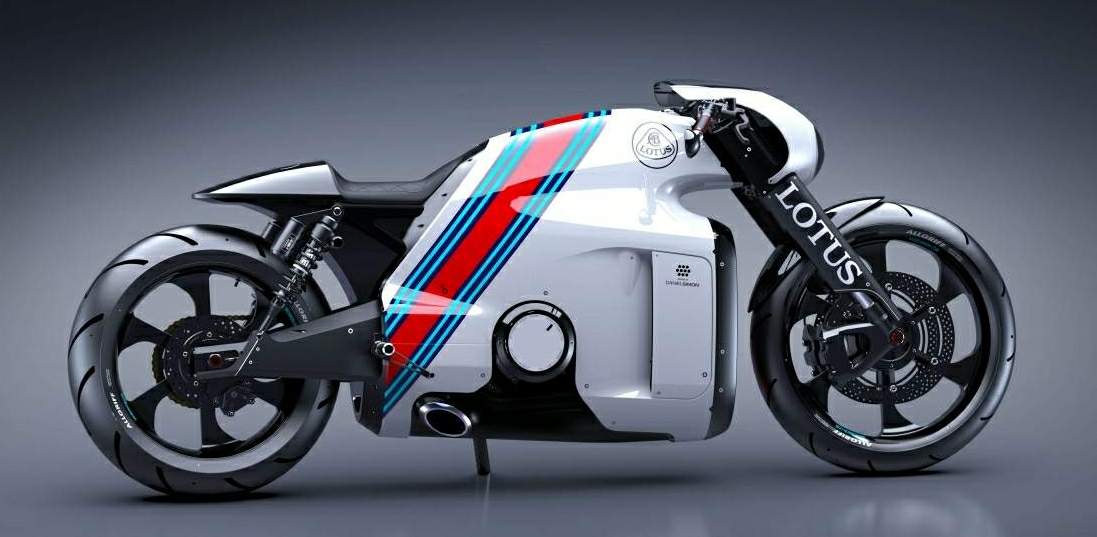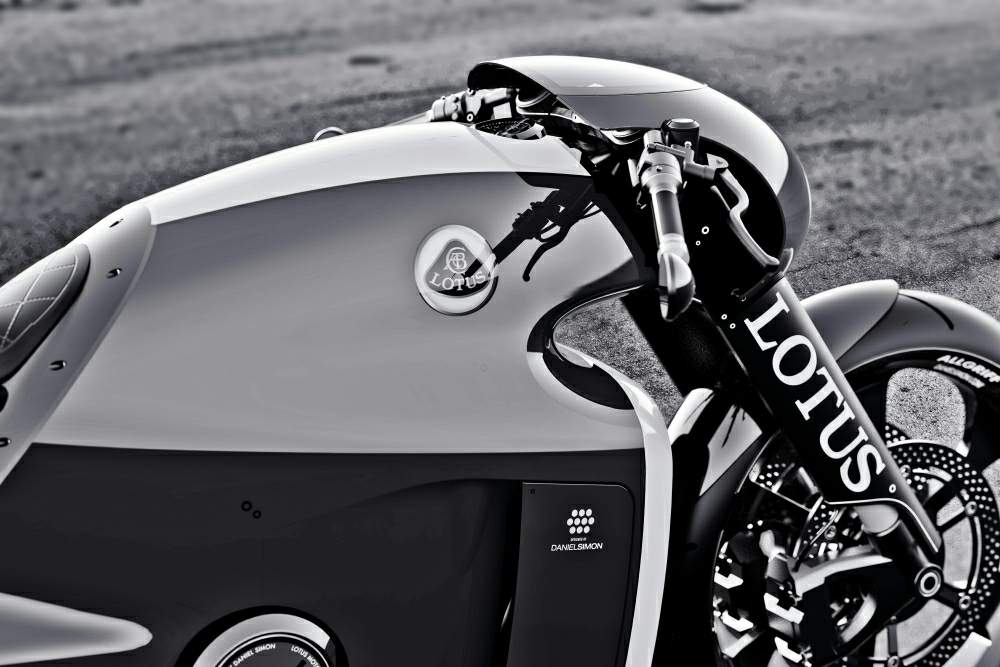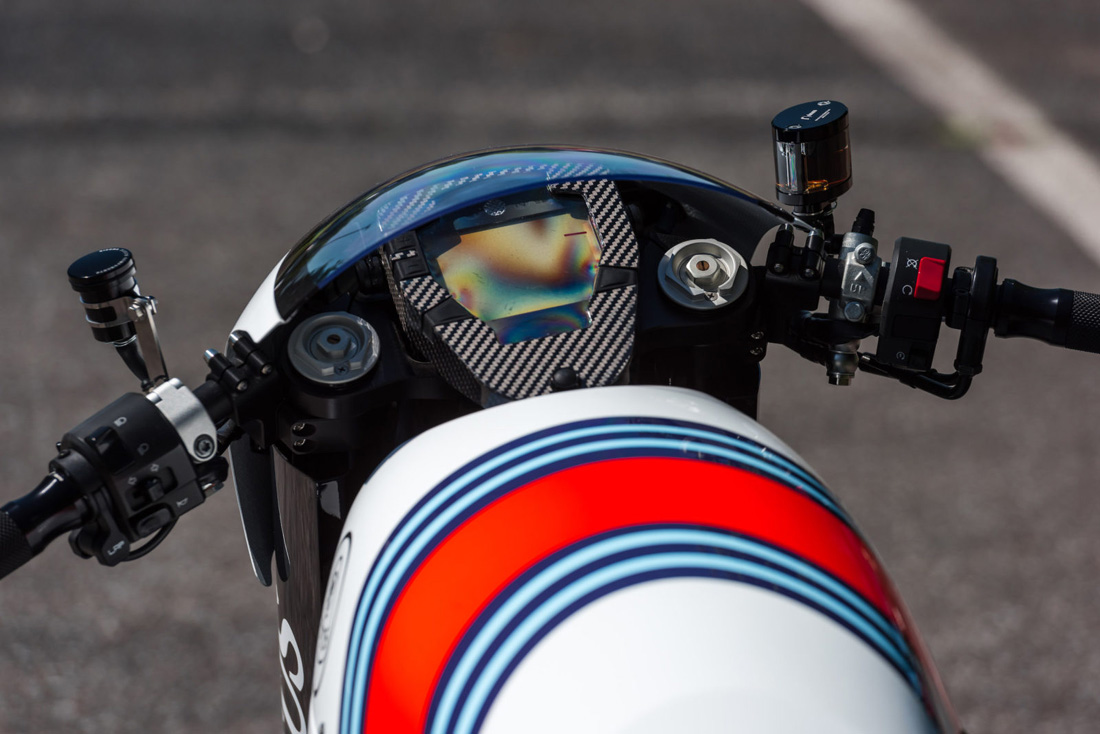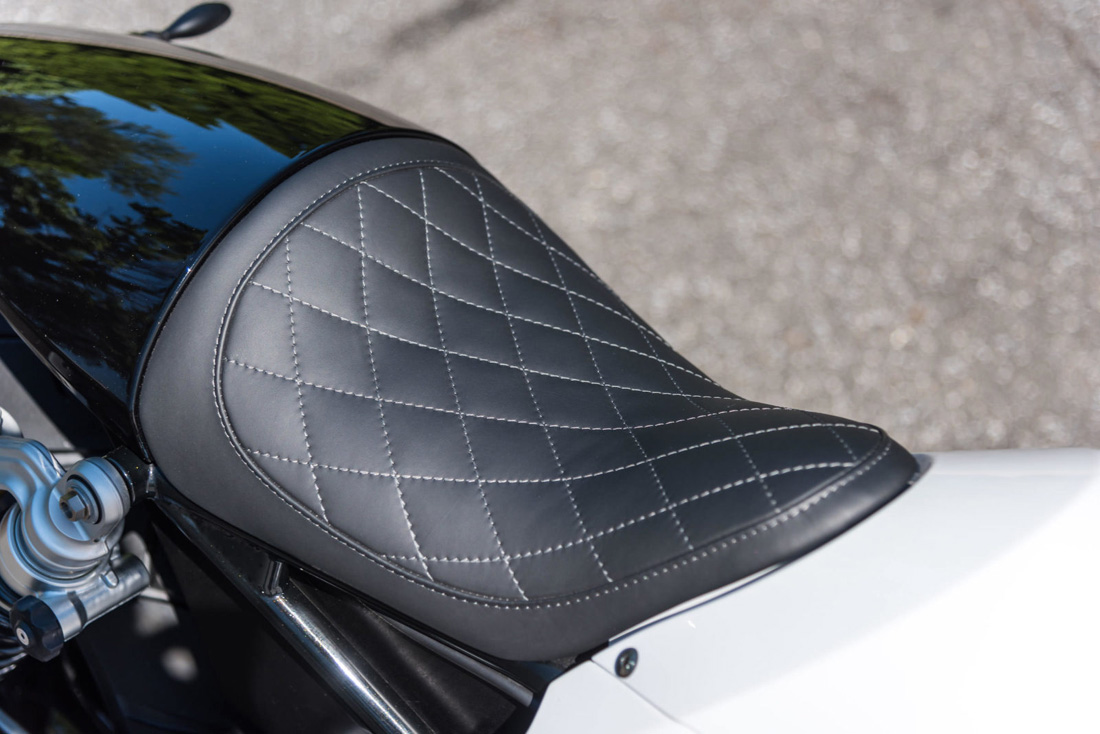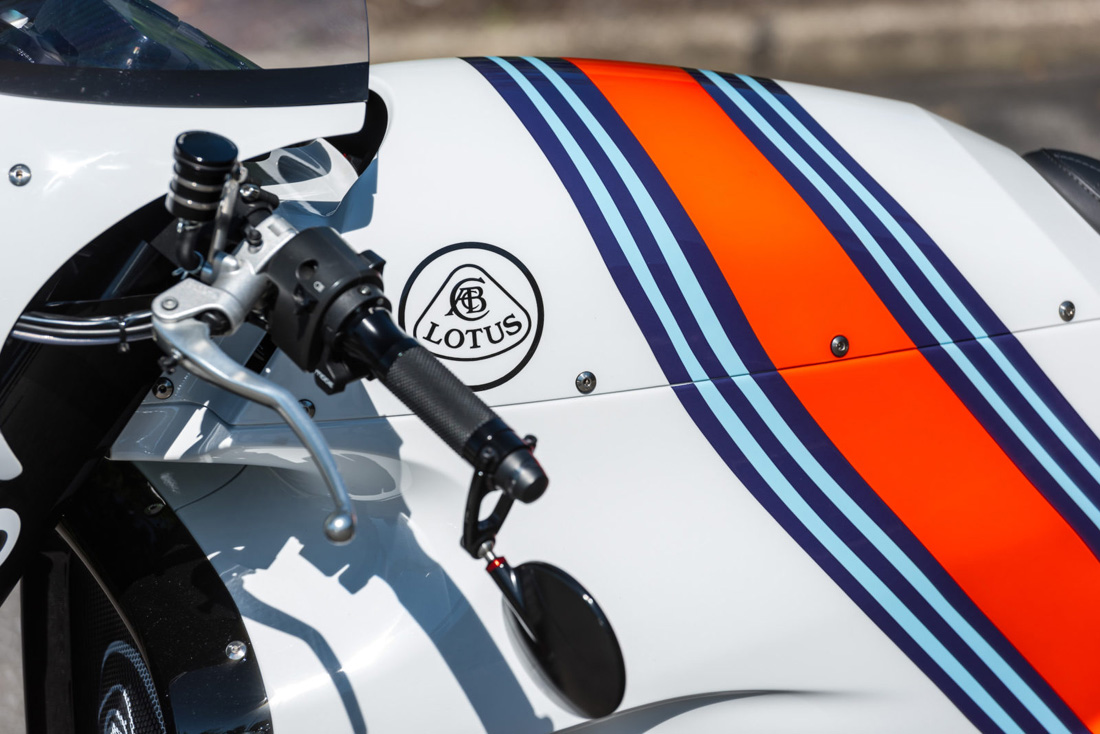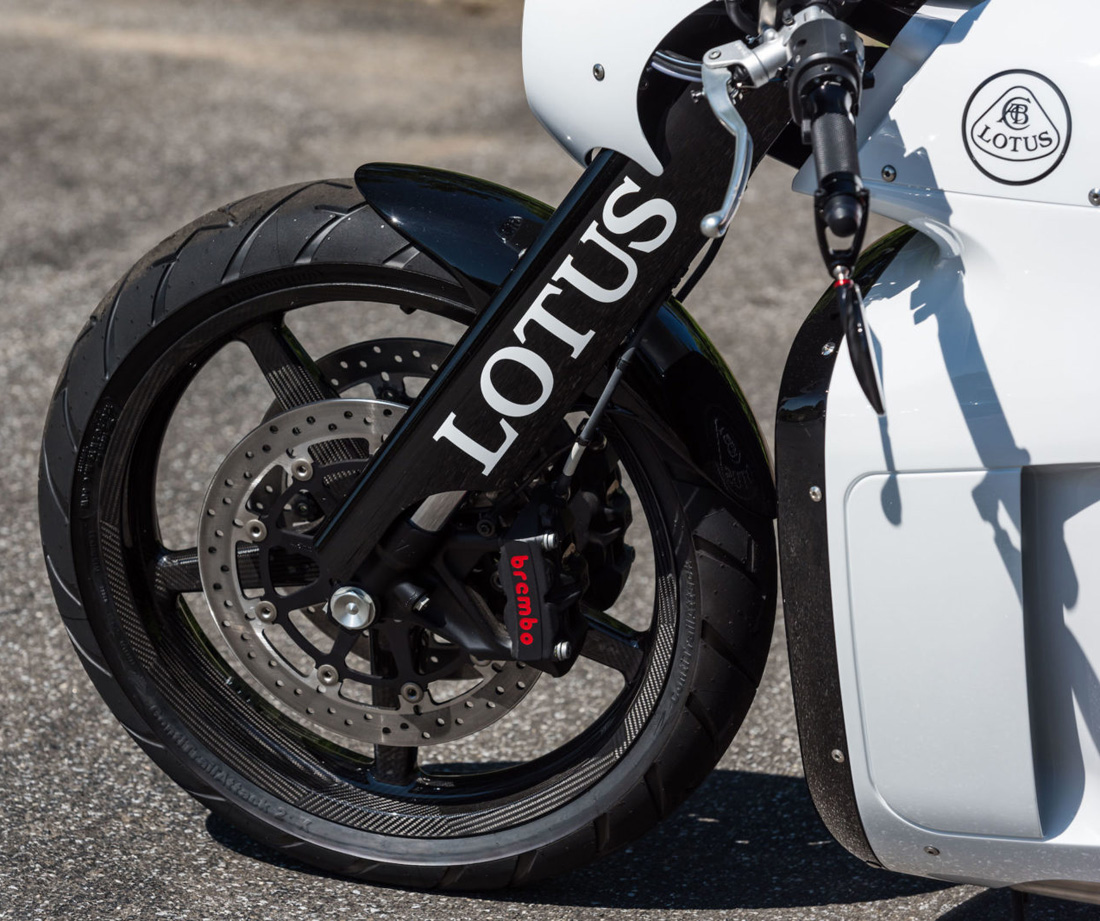| . |
|
Construction: |
2-cylinder 4-stroke engine, 75° V-style | |
| Capacity: | 1,195 cm³ | |
| Bore: | 105 mm | |
| Stroke: | 69 mm | |
| Power Approx: | 200 HP | |
| Transmission: | 6-gear jaw-type shift transmission | |
| Lubrication: | Dry sump lubrication | |
| Main shaft ratio: | 40:76 | |
| Lay shaft ratio: | 15:41 | |
| Clutch: | Hydraulic anti-hopping clutch | |
| Ignition: | Full electronic engine management with digital adjustment of the ignition |
| Frame: | Aero tech steel/Titanium/Carbon fibre frame | |
| Fork: | Upside down | |
| Suspension strut: | Twin suspension strut | |
| Spring travel front: | 80 mm | |
| Spring travel rear: | 70 mm | |
| Brake system front: | Twin brake disc, ø320mm, four piston calipers | |
| Brake system rear: | One brake disc,ø220mm, two piston calipers | |
| Chain: | X-Ring resp. O-Ring | |
| Head tube ang: | 59° | |
| Fork ang: | 54° | |
| Wheel base: | 1.645±15 mm |



